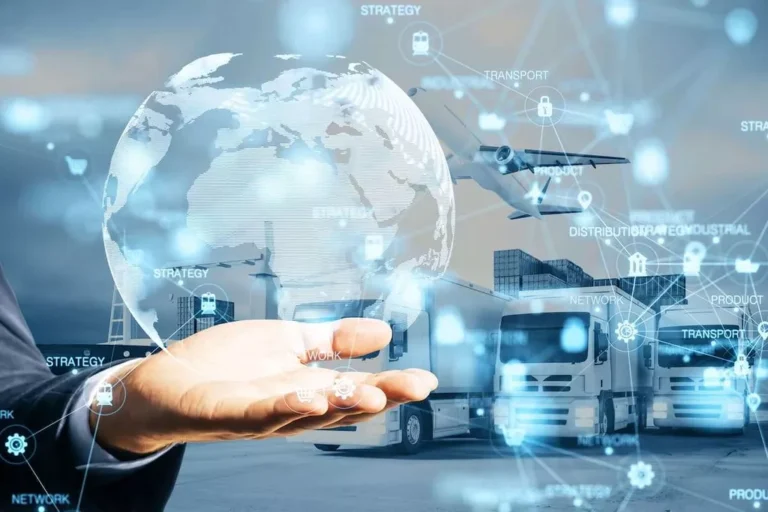Physical Address
304 North Cardinal St.
Dorchester Center, MA 02124
Physical Address
304 North Cardinal St.
Dorchester Center, MA 02124
Self-driving automobiles need to course of sensor knowledge and make selections immediately to navigate safely. Fog computing allows the mandatory low-latency processing and determination making on the fringe of the community, closer to the place iot cybersecurity the info is generated, enhancing response instances and the general safety and efficiency of those vehicles. In theory, self-driving vehicles could all act as fog nodes and move location information to one another to enhance safety. Fog computing can be used to assist a variety of functions that require information to be processed on the edge of the community. In many cases, moving compute and storage resources nearer to the information source improves efficiency and reduces costs.

In terms of fog computing vs cloud computing, there are a number of necessary variations to contemplate. The major distinction between these two approaches lies of their respective locational consciousness. Cloud computing is geo-distributed, meaning that it relies on a network of cloud servers that are typically unfold out across a number of geographical areas. Fog Computing is the time period launched by Cisco that refers to extending cloud computing to an fringe of the enterprise’s network. It facilitates the operation of computing, storage, and networking services between finish gadgets and computing knowledge facilities. Fundamentally, the development of fog computing frameworks gives organizations extra decisions for processing information wherever it is most acceptable to take action.

IoT development and cloud computing are among the many core competencies of SaM Options. Our extremely certified specialists have huge expertise in IT consulting and custom software growth. Cloud computing wants 24/7 internet access for its operations, whereas the relaxation of the two can operate without internet entry. This localized strategy enhances privacy, minimizes exposure to potential security breaches, and allows for higher control over information governance. Whether Or Not you opt for one or the other will in the end depend on a selection of factors, together with your business and regulatory requirements.
This decrease latency is essential for time-sensitive applications such as autonomous autos, industrial automation, and real-time analytics, where quick motion is commonly required. It regulates which information must be despatched to the server and which can be processed locally. In this way, fog is an clever gateway that offloads clouds enabling more efficient data storage, processing and evaluation. The driving drive behind IT improvement is the new necessities of evolving know-how.

To meet the growing demand for IoT options, fog computing comes into action on par with cloud computing. The purpose of this article is to compare fog vs. cloud and inform you more about fog vs cloud computing prospects, in addition to their pros and cons. Helder Antunes, senior director of corporate strategic innovation at Cisco and a member of the OpenFog Consortium, says that edge computing is a element, or a subset of fog computing. Assume of fog computing as the way information is processed from the place it’s created to the place will most likely be stored. Fog computing encapsulates not just that edge processing, but also the network connections needed to bring that knowledge from the edge to its finish point. Good cities and smart grids Like connected vehicles, utility systems are increasingly using real-time information to more efficiently run methods.
By contrast, in the conventional centralized mannequin of cloud computing, knowledge and functions are stored in a central location and accessed over the community. Such nodes are bodily much closer to gadgets if in comparability with centralized knowledge facilities, which is why they are ready to provide instant connections. The considerable processing power of edge nodes permits them to carry out the computation of a nice amount of information on their own, without sending it to distant servers. Fog computing can create low-latency community connections between gadgets and analytics endpoints. This structure in turn reduces the amount of bandwidth wanted in comparability with if that data had to be despatched all the best way again to a knowledge center or cloud for processing. It may additionally be used in eventualities the place there isn’t any bandwidth connection to ship information, so it should be processed near the place it is created.
There is one other method to data processing similar to fog computing — edge computing. The essence is that knowledge is processed instantly on devices with out sending it to different nodes or information centers. Edge computing is very helpful for IoT projects as a end result of it provides bandwidth financial savings and improved data security. On the other hand, fog computing extends cloud computing and providers to the sting of an enterprise’s community, enabling real-time information analysis and decision-making. It processes information directly on devices at the supply, ensuring high operational pace and efficiency.
However in phrases of information integration, fog computing presents a clear advantage as a end result of its improved processing velocity and flexibility. When we talk about fog computing vs cloud computing, there are many critical components to assume about. On the one hand, cloud computing provides unparalleled security, with highly effective encryption and knowledge protection mechanisms to maintain your information secure from unauthorized access or manipulation.
By utilizing edge computing to deal with native tasks quickly and fog computing to spread the load throughout a number of units, it’s possible to create an utility that’s each reliable and efficient. Fog computing optimizes the use of network resources by processing data domestically and sending solely important data to the cloud. This reduces the burden on community infrastructure, minimizes bandwidth usage, and might help stop community congestion. Industrial IoT functions like those found in factories usually contain numerous sensors and gadgets that monitor processes and environmental circumstances. Using fog computing, data from these devices could be processed locally and in real-time, permitting for quicker response to modifications, predictive maintenance, and improved operational efficiency.
Whereas in a fog computing environment, everything is decentralized, and everything connects and stories by way of a distributed infrastructure mannequin. The integration of the Internet of Things with the cloud is a cheap way to do enterprise. However, utilizing the cloud computing framework would require a security system to safeguard your information in opposition to potential cyber threats. For instance, you would possibly have to deploy cyber asset attack floor management (CAASM) software fog computing vs cloud computing to analyze and resolve potential vulnerabilities and entry factors in computing infrastructures. The processing energy and storage capacity of edge computing is the least among the three.
Scale Computing and G2 collaborate on this https://www.globalcloudteam.com/ infographic to clarify why organizations seek server virtualization alternatives, and compares Scale Computing Platform and VSphere side-by-side. Our technical content material author, Prajwal, is an experienced writer, creating articles and content material for web sites, specializing in the areas of coaching programs and academic content material. His writings are mainly involved with the most main developments in specialised certification and training, e-learning, and different important areas in the area of education. The means firms and folks manage their digital operations has been revolutionized by these inventive strategies. Despite having similar objectives, they differ significantly when it comes to design, deployment methods, and advantages they provide.